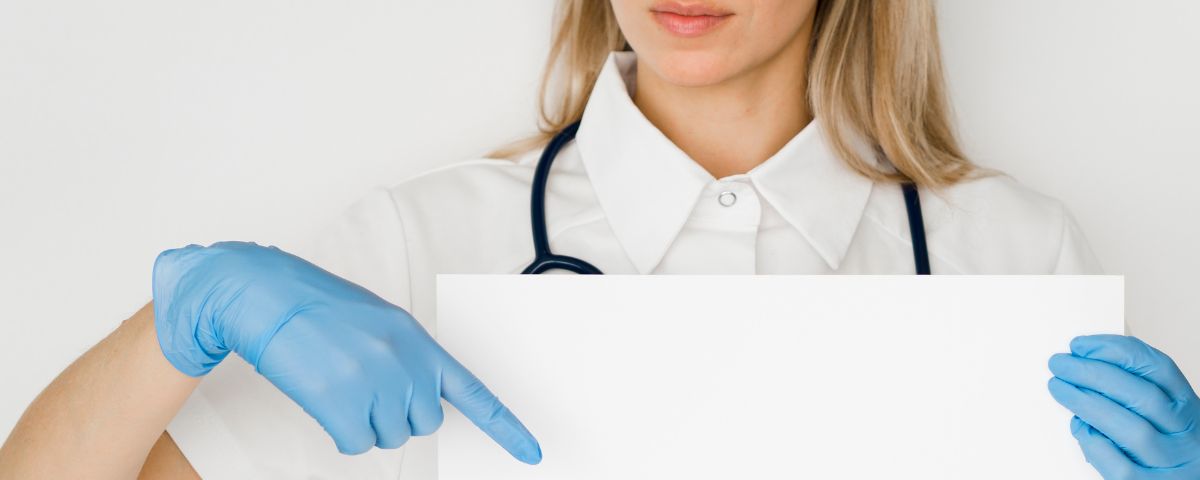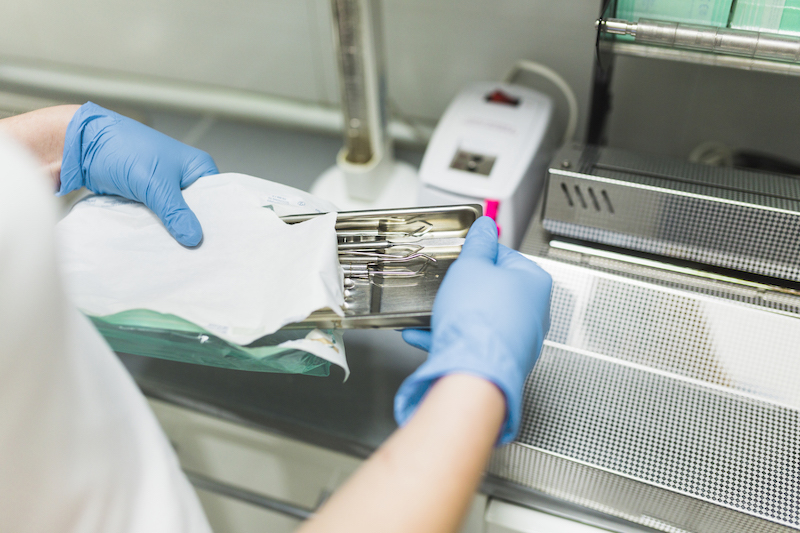Sterilization of medical equipment – guidelines and legal requirements

Sterilization of medical equipment reduces the risk of disseminating pathogenic microorganisms which may be infectious to medical personnel and patients. What are the legal standards concerning sterilization of medical devices? Who is responsible for such procedures? Read on to find answers to the above questions and more information on this subject.
Contents:
- Sterilization of medical equipment – legal requirements
- Who must follow the standards regarding medical equipment sterilization?
- Sterilization of medical equipment in practice
- Medical device sterilization – documentation
Key takeaways:
- In Poland, the process of medical device sterilization must follow specific standards, which are in line with the relevant act on preventing and combating infections and infectious diseases in humans.
- The standards concerning medical equipment sterilization must be observed in any circumstances that involve a break in the continuity of tissues in the body.
- Medical equipment sterilization can take place in the treatment room or in a separate room, which depends on a given facility and its characteristics.
- Sterilization procedures must be appropriately controlled and documented to ensure safety.
Sterilization of medical equipment – legal requirements
Sterilization of medical devices and equipment is a process aimed at reducing the risk of infection. The medical object that undergoes sterilization must be thoroughly cleaned to remove any form of microbes from it. In Poland, sterilization must follow the guidelines specified in a document issued in 2017: “General guidelines for all entities performing decontamination processes, including sterilization of medical devices and other reusable items used in the provision of healthcare services and other activities during which transmission of a communicable disease or infection may occur”. These guidelines were developed by a team of experts representing a number of Polish medical organisations: Association for Hygiene in Medicine, Association for Medical Sterilization and National Medicines Institute. The guidelines are in accordance with the relevant Polish act on preventing and combating infections and infectious diseases in humans and other related regulations.
Who must follow the standards regarding medical equipment sterilization?
The guidelines concerning medical equipment sterilization refer not only to healthcare facilities such as hospitals, clinics and dentist’s offices but also to beauty and hairdressing salons. According to the law, sterilization procedures must be implemented in situations that may involve a break in the continuity of tissues in the body. These include, for example, inserting a tattoo needle into the skin or an accidental cut at the barber’s.

Sterilization of medical equipment in practice
The Polish standards concerning sterilization of medical equipment specify requirements for both healthcare facilities and establishments that use medical devices occasionally. In the case of a dentist’s surgery or a beauty salon, a separate area can be marked off for sterilization purposes in the room where the treatments are performed. However, this solution is not available for facilities which offer all-day or 24/7 healthcare services.
Medical device sterilization – documentation
Sterilization can be carried out in various ways, including ionizing radiation of medical devices. According to the Polish standards, all the sterilization processes must be adequately registered, presenting the results of relevant physical, chemical and biological inspection. This approach guarantees the safety of relevant procedures and confirms that they comply with the current legal provisions. They are subject to inspection as well.
